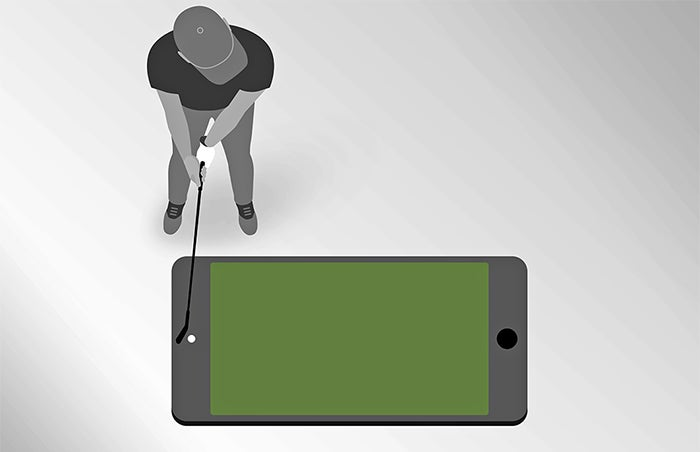Meet the Illustrator: Joey Guidone

As you peruse our Beyond the Screen collection, you’re bound to notice a series of captivating illustrations. These images come to us courtesy of Joey Guidone, an Italian artist and illustrator. We asked Joey about his inspiration, his artistic process, and what he hopes others will experience from his work. Here’s what he had to say.

Joey, as you created the artwork for this collection, what gave you inspiration?
Context is intrinsic to the definition of illustrations. When I create an editorial image, it is fundamental that I properly comprehend the article that I am going to illustrate. After that, it is equally important to allow my mind to untie temporarily from that and descend into my imagination — which is like a messy cellar full of stuff that I store there every day.
The first stage of my process is getting inspired. I think there are infinite ways to find inspiration. Sometimes you struggle all day, sometimes it just pops up listening to a random song on the radio. When I find something useful for my project, I do thumb roughs on paper. I have a sketchbook where I collect ideas and that’s another source of inspiration. I also like to see how other artists have dealt with a similar topic.
The second stage of my creative process is picking two or three ideas and drawing well-defined sketches to share with the art director. In this stage, I think it is important to show clear images.
After a preliminary illustration is selected, the final stage of my process is to enhance details and add colors to create the final image.
What tools do you use to create your illustrations?
In addition to pencil and paper, I use a few basic tools in Photoshop. Some brushes and the knowledge of paths are enough for me to be efficient and quick. I am a fan of simplicity.

Are there certain visual elements that you try to include in your work? What should viewers look for?
Visual communication is based upon the use of symbols, and I love playing with them. I always try to surprise viewers with something unexpected — using rhetorical figures and trying to be original — whether I’m drawing about taxes or philosophy.
How would you sum up your approach to illustration?
There are three key factors. First, I think it is important to show clear images. People must not struggle to understand the ideas in my sketches. Clarity is the first cornerstone of my approach to illustration.
Simplicity is the second cornerstone that I would say describes my idea of illustration and the tools I use.
The third cornerstone of my work is originality. Some illustrators think the possibilities with visual arts have been entirely investigated — that everything has already been tried. If we talk about style, maybe that’s true. But in my vision there will always be ways to create something that didn’t exist before. You can depict a golfer with a phone in thousands of graphic styles, from pointillism to vector art, but I’m not interested in that. I’m interested in finding a consistent visual language for each series.

What is your favorite piece in this collection and why?
I’ve grown really fond of the moon illustration. It is consistent with my three principles of illustration — clarity, simplicity, and originality. And since I grew up at the feet of the Alps, the mountain landscape has always fascinated me. I must say that, in general, nature is quite a constant presence in my art and this is a good example.
Obviously, I can’t expect people to have the exact same feelings as I do when they look at this artwork. Maybe somebody will be intrigued and try to understand the deeper meaning behind it. Maybe somebody else will simply be attracted by the beauty and perfect balance of the moon phases, or maybe someone will even have a totally different interpretation of it. Whatever the viewers’ experiences are, my feeling is that this rising moon will not go unnoticed.

What advice would you give to other aspiring illustrators and designers?
In the path to making your gift your life, everybody must find their own way. The only thing that all the ways have in common is that, in order to shine, you must work hard. About my personal path — I found that artistic growth and personal growth are deeply connected. There is no artistic growth without interest in personal development.